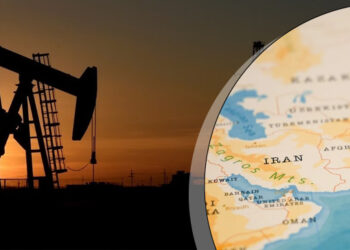Pakistan’s population has reached a staggering 241.49 million, according to the results of the 7th Population and Housing Census 2023, which was the country’s first digital census.
Conducted by the Pakistan Bureau of Statistics (PBS) and initiated on March 1, 2023, the census revealed an annual population growth rate of 2.55% since the last census in 2017.
| Province | Population in million (2017) | Population in million (2023) |
| Punjab | 109.98 | 127.68 |
| Khyber Pakhtunkhwa (KPK) | 35.50 | 40.85 |
| Sindh | 47.85 | 55.69 |
| Balochistan | 12.34 | 14.89 |
| Islamabad (Capital) | 2.01 | 2.36 |
This marks an increase of more than 16% in less than six years, with 35 million more people in the country. Pakistan has now become the fifth most populous nation globally, trailing behind Indonesia, the United States, China, and India.
Of the total population, over 61% (147.6 million) reside in rural areas, while 38.82% (93.7 million) live in urban regions.
Khyber Pakhtunkhwa (KP) has the largest rural population, with almost 85% residing in rural areas, followed by Balochistan with 69% and Punjab with 59%.
Sindh, on the other hand, has the highest percentage of urban dwellers, making up 53% of its population.
Punjab – The Most Populous Province
Punjab emerged as the most populous province, with 127.68 million people in the latest census, compared to 109 million in 2017.
Sindh reported 55.69 million people, KP’s population swelled to 40.85 million, and Balochistan’s population reached 14.89 million. Islamabad Capital Territory witnessed a change from 2.01 million in 2017 to 2.36 million in 2023.
A Digital Census Completed in Record Time
The 2023 census is considered historic due to its digitization, completed within a short span of 18 months. It was the first time the population was counted digitally using tablets, and citizens were given the facility of self-enumeration.
The census also provided an economic frame to identify the size of economic clusters and geo-tagged all structures for enhanced monitoring.
This data will enable governments to allocate funds and assistance and also aid in the re-appropriation of National Assembly seats.
The population growth rate poses significant challenges for Pakistan, leading to increased expenditures on health, education, and basic necessities.
It also puts immense pressure on natural resources, especially in a country ranked 161 in the UN Human Development Index 2022 out of 191 countries.
Pakistan Has More Young Voters
The results of the census could impact the upcoming general elections in Pakistan, scheduled to be held by October 2023.
As the process of a new census and drawing new constituency boundaries might take about four months, the elections may face a delay.
Young voters between 18 and 35 years old constitute a significant chunk of the electorate and could play a crucial role in determining the election’s outcome.















